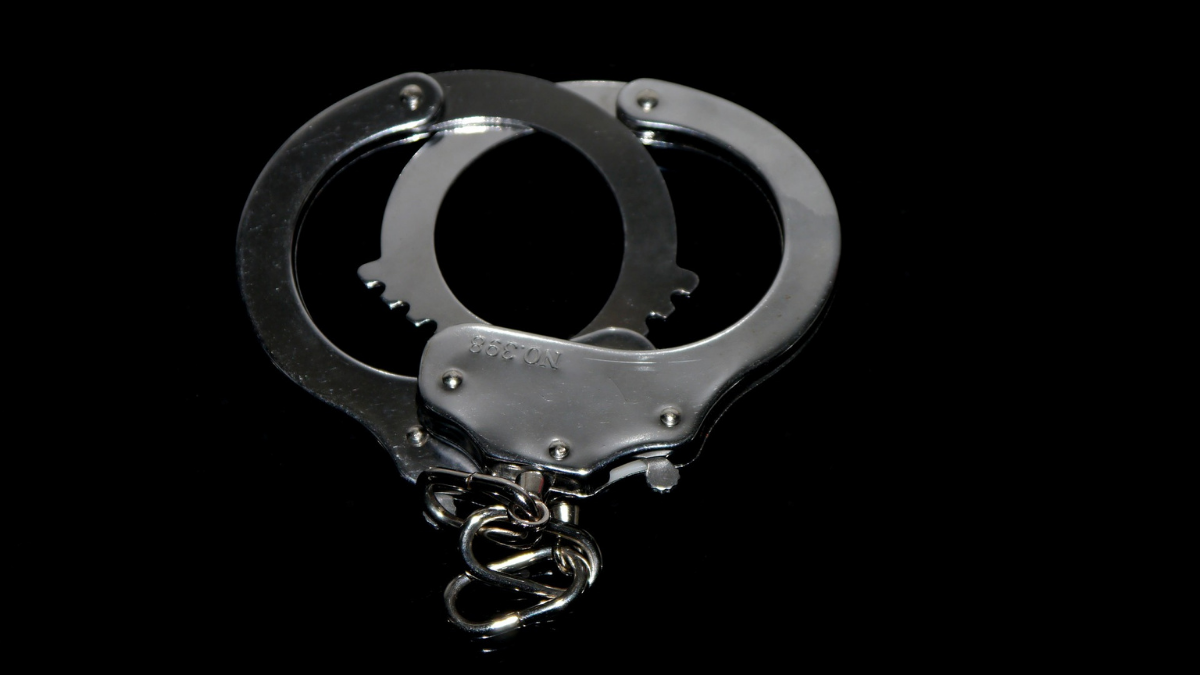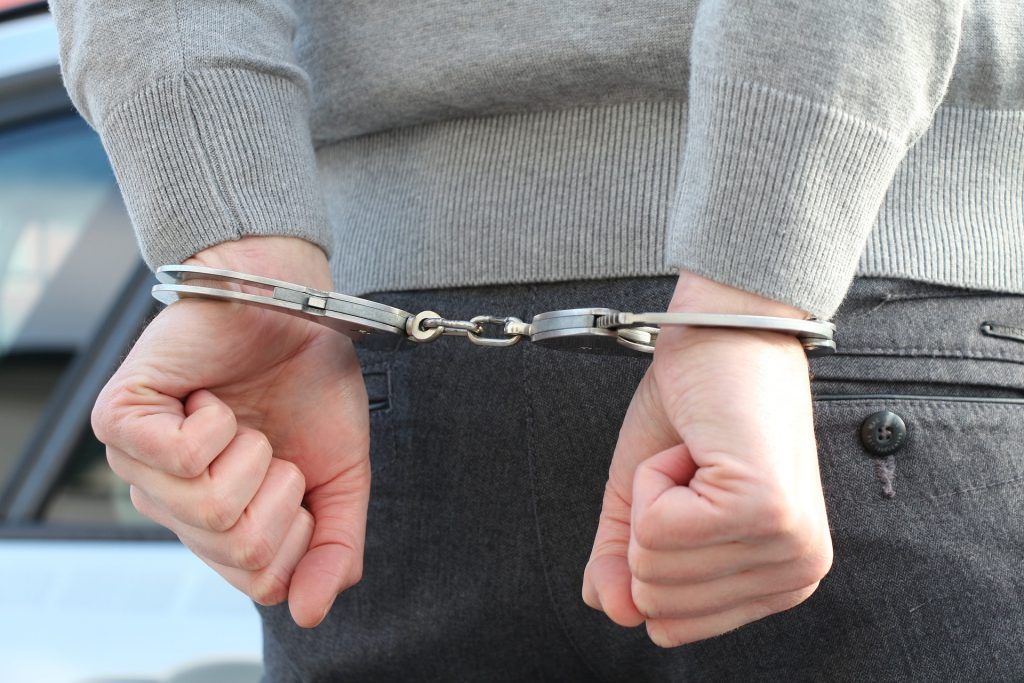
Why Handcuff Training is Important?
Whilst handcuffing has suddenly become popular for less than ordinary reasons, it is an area where many within the security industry tend to tread lightly.
For instance, did you know that door supervisors have the authority to capture or arrest an individual believed to have committed an offence using handcuffs?
If you didn’t, turns out that you may not be alone. And for those who are aware, it seems like the jury is mixed in its acceptance of its usage. Whilst some believe that handcuffs can be used unlawfully, leading to accusations of assault, others believe that due to the threats and physical violence that security officials face on a daily basis, they should be afforded every means of protection to safeguard themselves and the public from harm.

For operatives, handcuffs do not only act as a deterrent, they can be used to restrict and restrain the movement of persons who exhibit extreme violence and high risk, or as a last resort for those who refuse to comply with the conflict management strategies security operatives must employ before involving the police. In fact, handcuffing is regarded as a preferable method of restraint amongst many security operatives, as opposed to group restraint tactics which can pose a threat to the welfare of the person being restrained.
Essentially, it is important to note that the use of handcuffs is not illegal, and nor is the act of arrest exclusive to police and security officials. In fact, the power to arrest is a power given to all members of the public and is otherwise known as citizens arrest. The Criminal Law Act 1967 states that anyone can use reasonable force to prevent crime, assist in the arrest of an offender, and avert imminent danger.
So whilst door supervisors can take out arrests, there are however many caveats operatives need to consider before acting upon this law. Whilst the use of force is a last resort in conflict management, SIA training places emphasis that force, when resorted to must be reasonable, and only to the necessary degree to prevent further conflict. As an operative, with every conflict-like incident, you will be required to give an account of your actions. This account potentially could be used in a court of law as evidence, so it is very necessary that your judgements are fair and justified, and your actions effective.

As the use of handcuffs is not included within SIA-approved training, in order to stay on the correct side of the law, appropriate certified handcuff training is essential. If handcuffs are not applied in the correct manner, this could result in a number of implications. If the cuffs are too tight, this could result in injury of the subject, and if they are not double-locked, this gives the chance for the subject to escape. Although handcuffs are being used as a restrictive tool, the fit should be both secure and comfortable.
Upon completion of the course, candidates will be issued a certificate which is valid for one year.
Work in the security industry
If you want to get your foot in the door in the security industry, then Get Licensed can help you get your SIA Licence.
The UK’s number 1 course finder
Best price guarantee
We offer price match if you find the same course cheaper elsewhere
100% money back guarantee
Get a full refund if you don’t like the course. Terms apply.
5-star customer support
Consistently rated 5-stars on review sites like Trustpilot
£0 booking fee
We never charge any booking or hidden fees
Instant eLearning access
Get FREE access to eLearning course materials instantly after you book
Top-rated training providers
Over 90% of our customers pass the exam in the first attempt

 Trustpilot
Trustpilot












